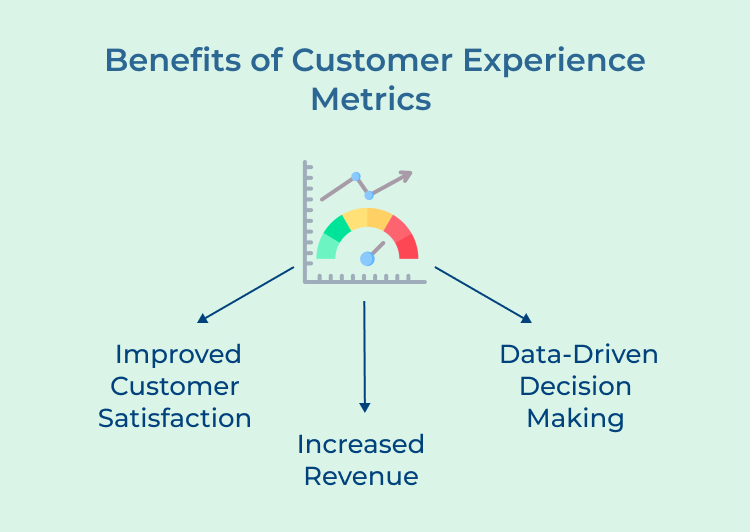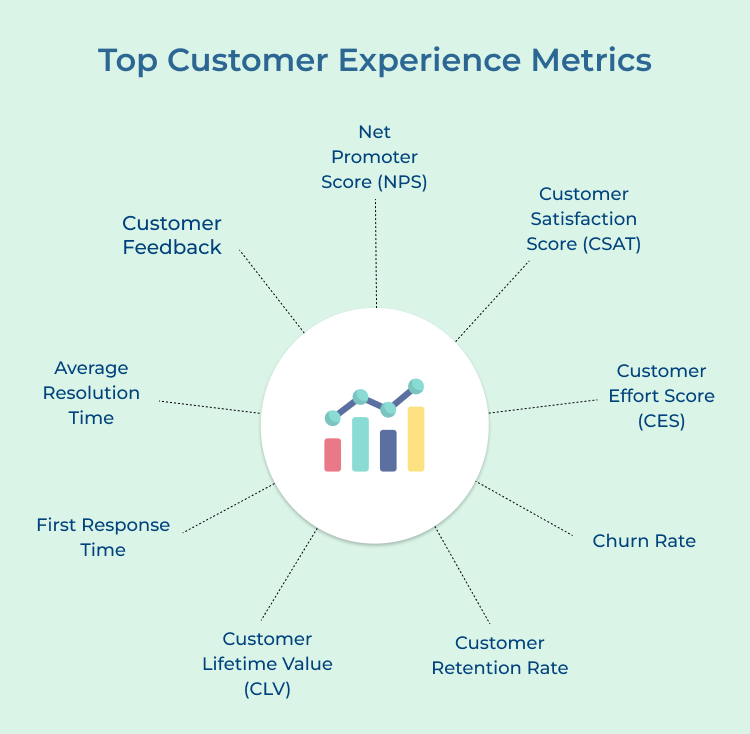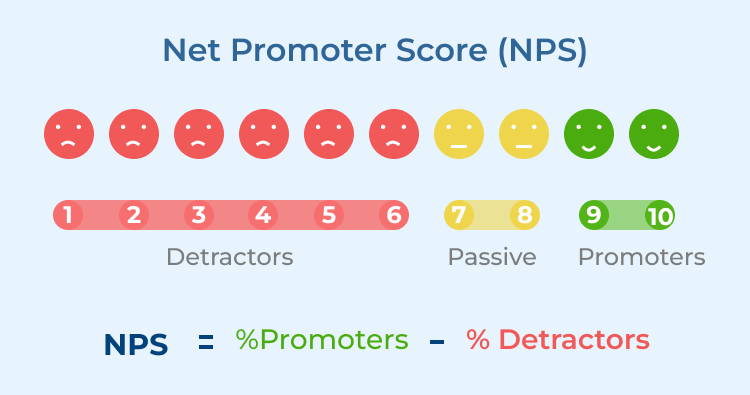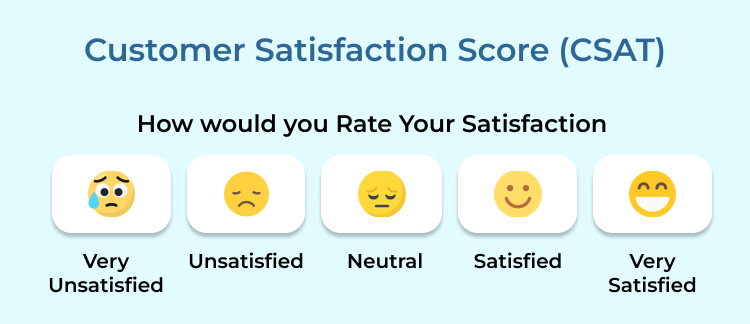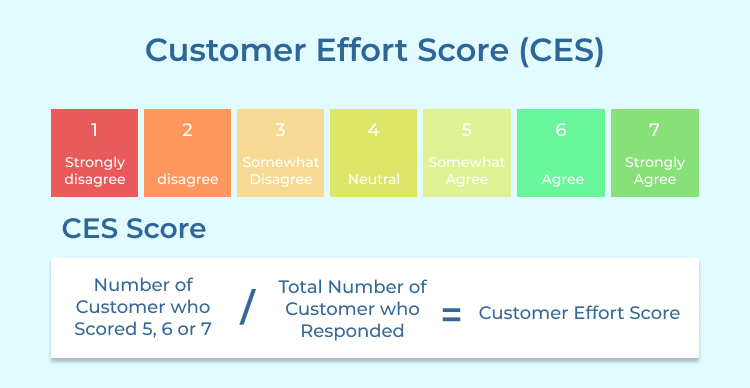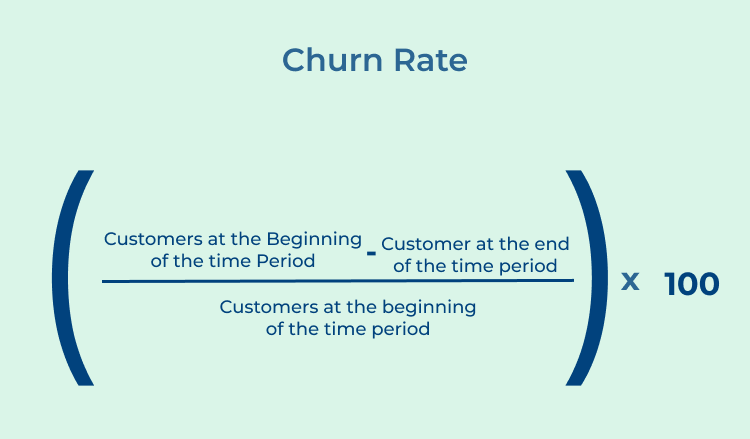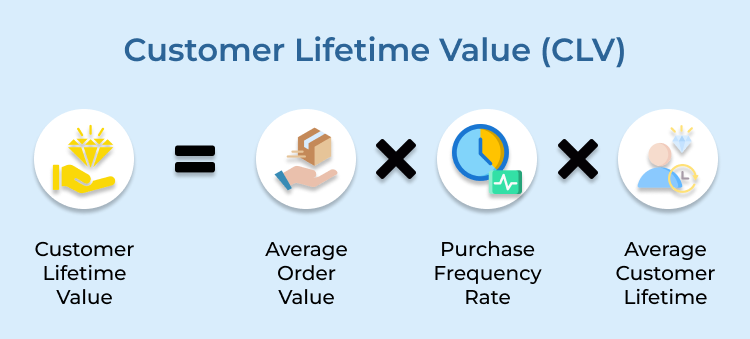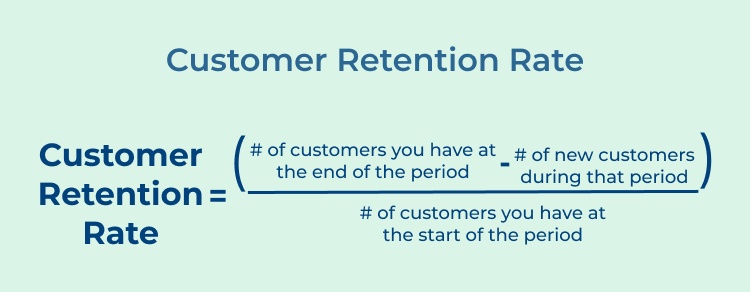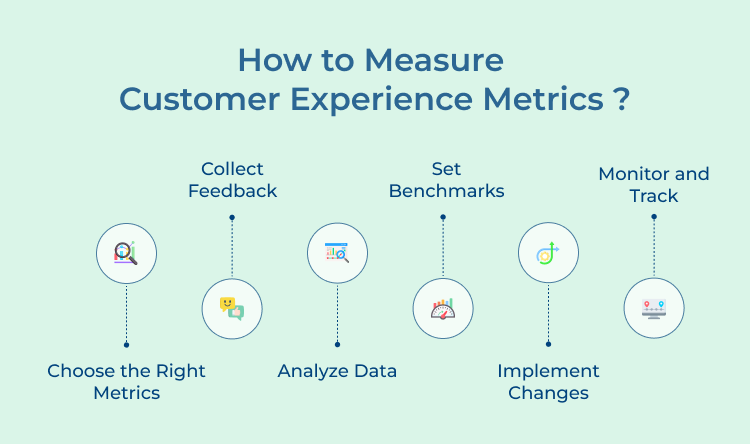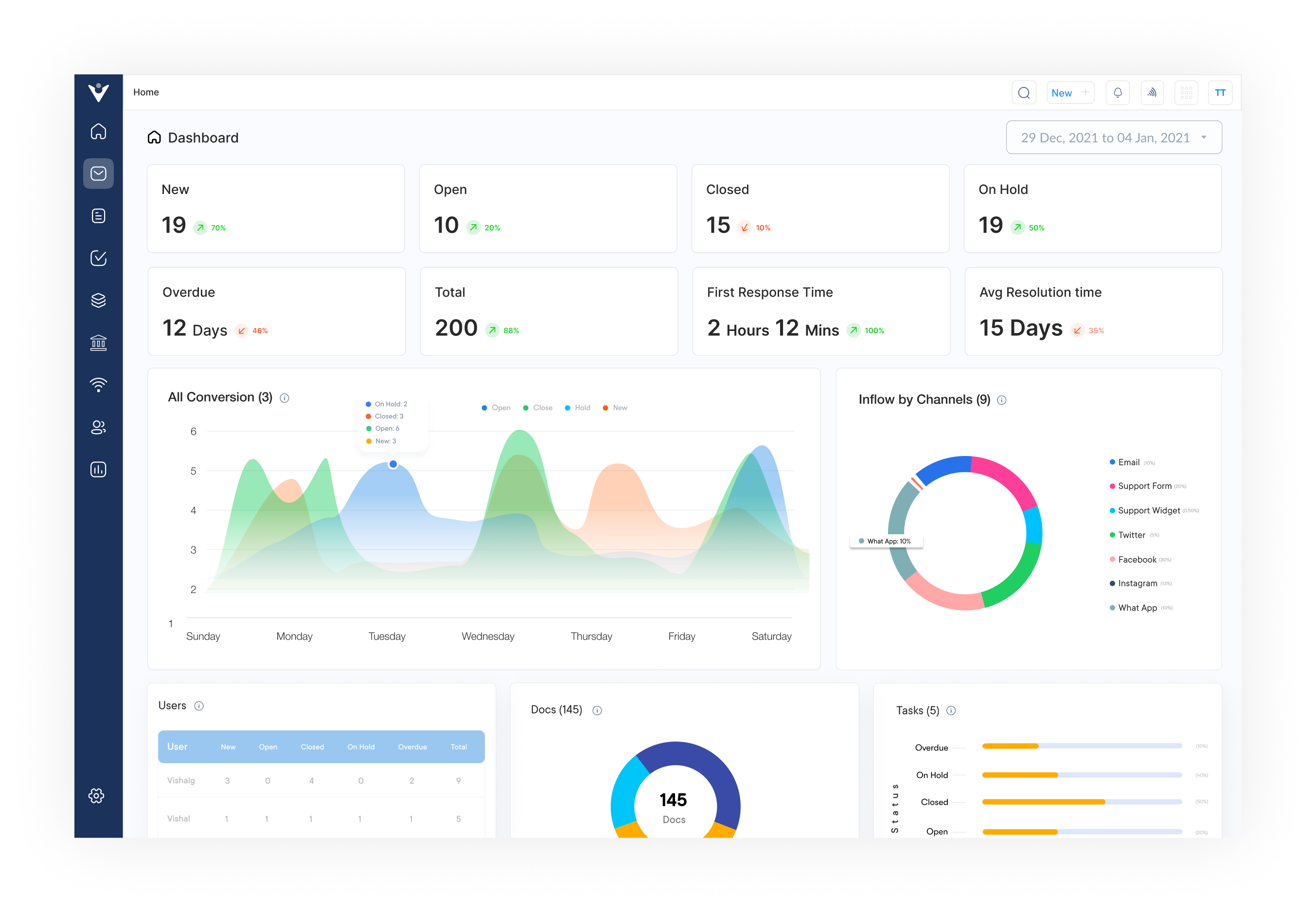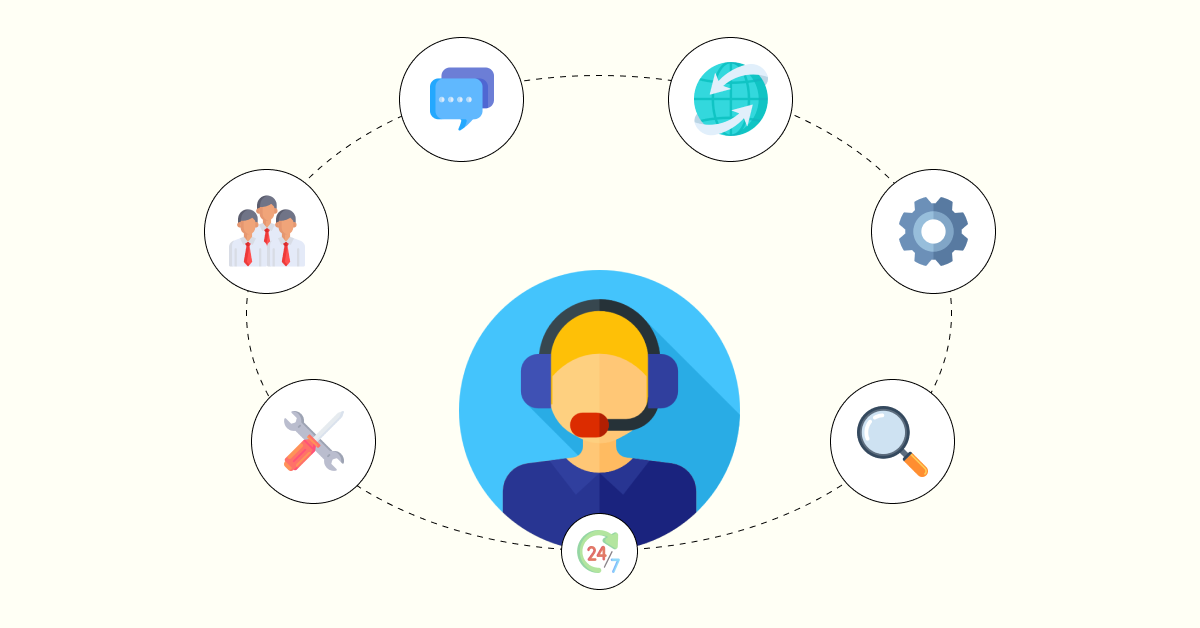1. Identify Key Touchpoints
Mapping out the customer journey is crucial for understanding where and how customers interact with your brand. Identify all significant touchpoints, from initial awareness to post-purchase support, to ensure you’re measuring the most impactful moments in the customer experience.
Best practices:
- Conduct customer journey mapping workshops with cross-functional teams
- Use customer feedback to validate and refine touchpoint identification
- Regularly update touchpoints as your business evolves and customer behavior changes
2. Choose Relevant Metrics
Select metrics that align with your business goals and provide meaningful insights into customer experience.
The common metrics include Net Promoter Score (NPS), Customer Satisfaction (CSAT), Customer Effort Score (CES) and retention rates. Ensure a mix of both quantitative and qualitative metrics.
Actionable tips:
- Align metrics with specific business objectives and key performance indicators (KPIs)
- Consider industry benchmarks and best practices when selecting metrics
- Balance leading and lagging indicators to get a comprehensive view of customer experience
3. Implement Data Collection Methods
Establish robust systems for collecting customer feedback and experience data. It may include surveys, interviews, focus groups, social media monitoring and analysis of customer support interactions. Ensure data collection is consistent, timely and captures feedback across all relevant touchpoints.
Best practices:
- Use a mix of collection methods to gather both structured and unstructured feedback
- Implement real-time feedback collection at key moments in the customer journey
- Ensure data collection methods are user-friendly and accessible across various channels
4. Analyze and Interpret Data
Once data is collected, analyze it to extract meaningful insights. Look for patterns, trends and correlations that can inform decision-making. Use advanced analytics techniques, such as sentiment analysis and text mining, to derive deeper insights from qualitative feedback.
Actionable Tips:
- Utilize data visualization tools to make insights more accessible and actionable
- Combine customer experience data with operational and financial metrics for context
- Regularly conduct cross-functional analysis sessions to gain diverse perspectives on the data
5. Set Benchmarks and Goals
Establish baseline performance levels for your chosen metrics and set realistic improvement goals. Benchmarks can be based on historical performance, industry standards, or competitor analysis. Ensure goals are specific, measurable, achievable, relevant and time-bound (SMART).
Best practices:
- Regularly review and adjust benchmarks based on changing market conditions as well as customer expectations
- Set both short-term and long-term goals to maintain momentum & drive continuous improvement
- Involve frontline employees in goal-setting to ensure buy-in and alignment across the organization
6. Implement Improvement Initiatives
Based on the insights gained from data analysis, develop and implement targeted initiatives to improve customer experience.
It may involve process changes, employee training, technology upgrades, or product enhancements. Prioritize initiatives based on their potential impact and feasibility.
Pro tips:
- Create cross-functional teams to design and implement improvement initiatives
- Use pilot programs to test initiatives before full-scale implementation
- Develop a robust change management plan to ensure successful adoption of new initiatives
7. Monitor Progress and Iterate
Continuously track the performance of your customer experience metrics and the impact of improvement initiatives.
Regularly review progress against set goals and benchmarks. Be prepared to adjust your approach based on new insights and changing customer needs.
Best practices:
- Implement a regular reporting cadence to keep stakeholders informed of progress
- Conduct periodic reviews to assess the effectiveness of your measurement approach
- Build a culture of continuous improvement by celebrating successes and learning from failures
Top Platforms to Measure Customer Experience Metrics
There are several software tools available that track and analyze these metrics effectively. Here are the top software tools that can be used to measure customer success metrics:
1. Omni24

